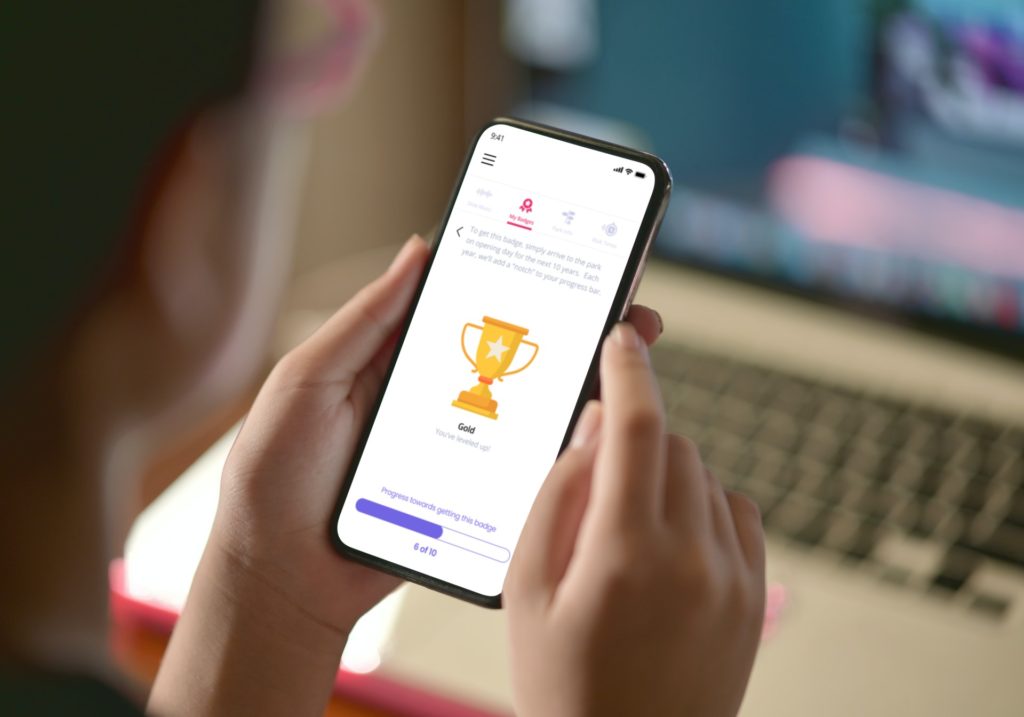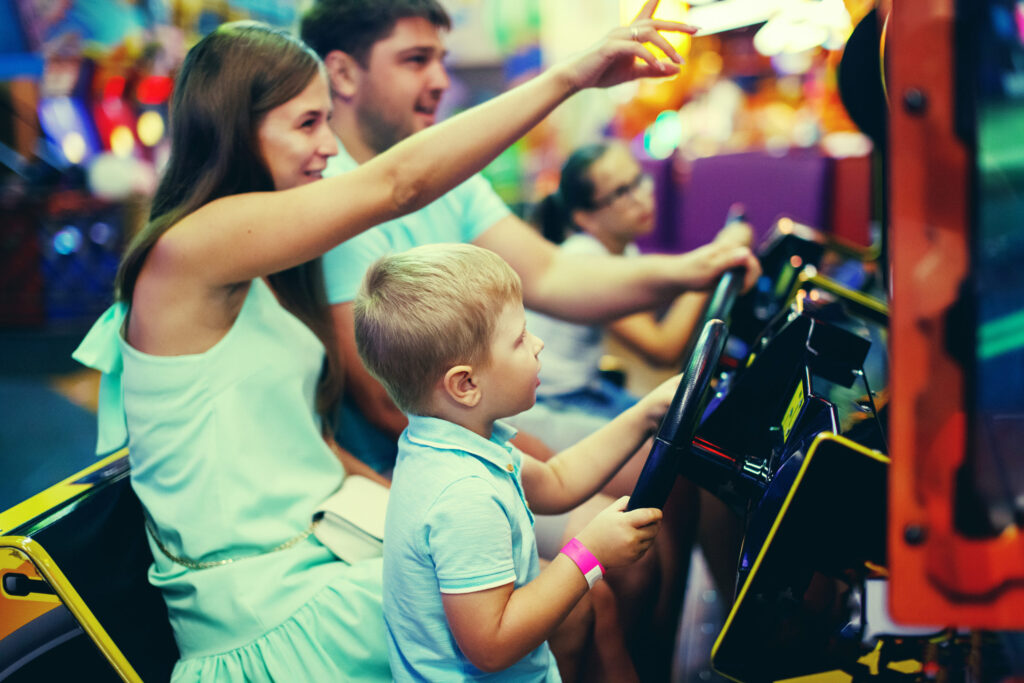Gamification is becoming an increasingly popular means by which businesses improve engagement with their customer base. What started off as a buzzword is now prevalent in many aspects of our digital experiences.
Chances are, you are already familiar with gamification, a concept that applies game design principles to non-gaming situations to fuel loyalty, repeat visits, and additional engagement.
Until now, amusement and water parks have yet to fully take advantage of gamification, rewarding and interacting with their guests in a way that boosts the perceived value for their money and time. Here is how the attractions space can be part of this facet of the digital revolution.
What is Gamification and How Does it Work?
So let’s break it down: Gamification is about motivating people by applying game design elements to activities that don’t traditionally give an opportunity for gameplay. The purpose is to motivate people to engage with a system or application more deeply than they normally would without a game-like reward system.
Gamification can help you understand what motivates the people you are trying to reach and how to use that motivation to achieve your goals. It is uniquely powerful at engaging customers in a fun way because human psychology responds well to play.
Gamification in Everyday Life
An excellent example of this is Peloton, the upscale, high-tech stationary bike system with a built-in screen for distraction and motivation. 2.33 million people happily pay $39 USD per month to be energized through gamification.
By participating in leaderboards, group challenges, social interaction, badges, streak rewards, and a heavy dose of music personalization, Peloton has created an entire market out of people that exercise because they have been incentivized through games.
Another example is the Apple Watch. It provides fitness tracking tools that include measuring your heart rate and calories burned during exercise. These features help you stay the course and meet your goals.
The Apple Watch also motivates you through gamification by offering rewards. Apple introduced heartbeat challenges to motivate users to complete fitness goals, just as a coach would do in a physical workout. For example, if you have successfully completed 10,000 steps each day for seven days, you can challenge a friend to a seven-day competition. The winner receives an award, such as having their name appear on the winner’s trophy, or they can earn a virtual badge, which they can access from the activity app.
One of the key gamification elements that the Apple Watch utilizes is the idea of closing exercise rings. The app uses three colored rings to show users how close they are to completing daily fitness targets. You can set your goals to, for example, standing at least once an hour, walking 10,000 steps, and exercising for one hour, and then the app helps you strive towards them. Each day you can see how you are closing out your rings in an effort to motivate you to complete all three.

How Park Operators Can Use Gamification to Improve Guest Experience
On the surface, it seems that an amusement or water park may not necessarily need to be engaged on a deeper level. However, there are many ways that gamification can be used in this context: guest experience management, wait times for games and rides, information sharing with guests through mobile apps or websites, quests, badges, etc. These are just some examples of how gamification can lead to happier customers and more efficient operations at your venue.
Need some examples of gamification ideas?
- Reward people with high scores on leaderboards by having them featured on screens near queues so others see their score
- Provide opportunities for guests to connect with each other by competing against another group or team
- Offer coupons or invitations to VIP events as rewards for repeat play
- Give points to guests for standing in shorter queues
- Reward guests by letting them redeem points they’ve earned for fun prizes
- Track activities that guests participate in and link them to gamification badges that can be shared on social media
How Parks Are Already Leveraging Gamification
One way that some parks are doing this already is through the use of “interesting loops” and “epic wins.” When guests receive these rewards, they feel happy and successful and want to accomplish more challenges like these, making them more likely to return.
Here’s an example:
At one major park in Orlando, Florida, guests earn points for going on rides and attractions. These points can then be redeemed for F&B items such as funnel cakes and ice cream sandwiches. However, a surprising outcome has happened. Instead of guests spending their points on prizes, they are holding onto them as if they are trophies. The idea of earning points drives excitement and fun and adds a unique experience to this technology-laden park. This concept of an “interesting loop” motivates guests to earn more points by spending more time at the park. This drives repeat visitations and engagement.
Other parks are exploring rewarding guests with a gamification badge system, allowing them to share those across social media and have them appear in key locations throughout the park in an effort to celebrate their accomplishments.
Gamification badges can be earned for:
- Coming to the park for the first time
- Creating an account, sharing demographic information
- Riding all of the rides within the park
- Riding all of the thrill rides
You get the picture. The point is, rewarding guests is easy and drives guest satisfaction as well as loyalty. This is truly a win-win with little cost or downside.

How You Can Apply Gamification to Your Amusement Park
Gamification is a major revolution in technology and business alike and has huge potential for the amusement industry.
Providing rewards and recognition programs while engaging with visitors could go a long way towards improving their guest experience while motivating them to come back. How about a gamified loyalty program, much like the frequent flyer programs that are used in airlines?
Additionally, incorporating game design elements can benefit park operations. The use of quests and challenges could encourage guests to learn about a theme park’s facilities, leading them to spend more time exploring different rides or exhibition areas, which could also lead to increased spending. Since gamification encourages behavioral changes in customers by appealing to their competitive nature, there is huge potential for using this concept within amusement parks.
If you would like to explore how gamification can drive loyalty, repeat visits, and additional engagement in your park, contact the Vantage team to learn more.
We’ve been exploring the concepts of digital transformation in recent blog articles. You can find previous articles on our Resources Page.

